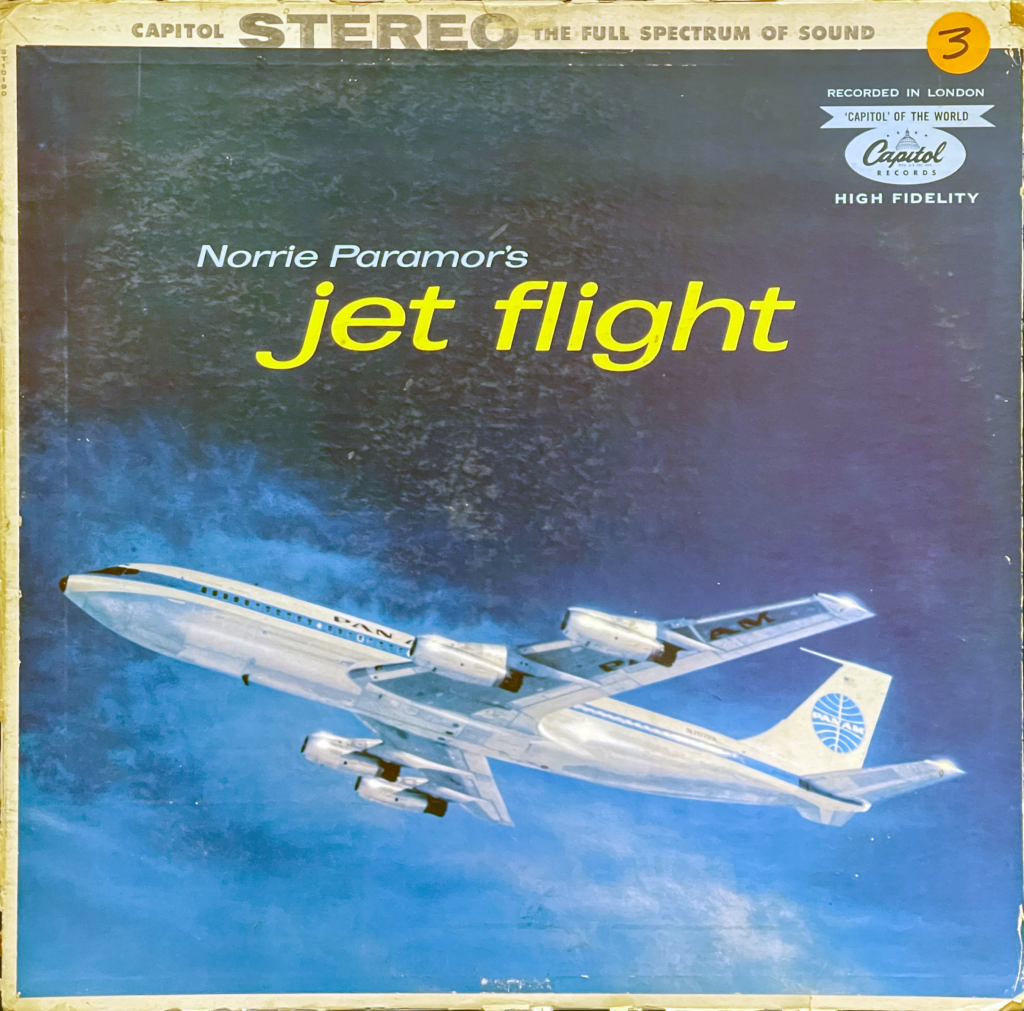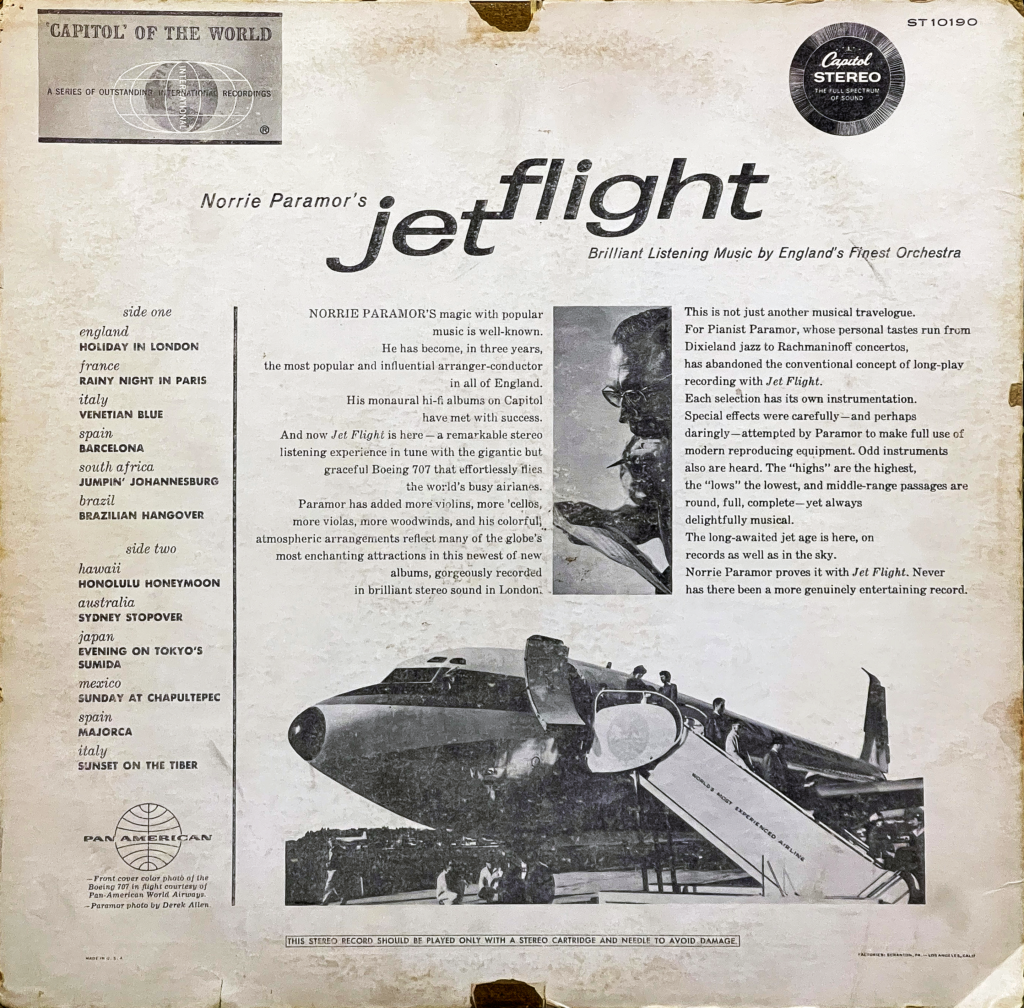Hello, audio explorers, and welcome to another enthralling episode of Finnley’s Audio Adventures! I’m Finnley the Dolphin, your guide in the vast ocean of sound. Today, we’re diving into the swirling currents of British music history, focusing on a figure whose influence rippled far and wide: Norrie Paramor. As we surf through the waves of his incredible career, we’ll discover how this maestro’s compositions not only defined an era but also created a symphony that resonated across oceans and through time. So, let’s flip our fins and plunge into the captivating world of Norrie Paramor, a musical virtuoso who orchestrated the soundtrack of a generation.

Norrie Paramor, born Norman William Paramor in 1914, was a cornerstone of British music, particularly from the 1950s to the 1970s. His association with EMI’s Columbia label marked only a fraction of his diverse and impactful career. As a record producer, composer, and arranger, Paramor’s influence in shaping the British pop music scene, especially before the Beatles’ era, is undeniable.
Paramor’s collaboration with Cliff Richard and The Shadows stands as a remarkable highlight. Under his guidance, Cliff Richard emerged as one of Britain’s most cherished singers, while The Shadows, initially a backing band, evolved into prominent figures in the music scene themselves.
Apart from pop, Paramor’s contributions to the easy listening genre are significant. His solo albums, characterized by rich orchestral arrangements, showcased his exceptional compositional and arranging skills. These albums, popular in their time, presented a blend of lush orchestrations and accessible melodies.

Paramor’s versatility extended to film music, contributing memorable scores to movies like “Serious Charge” (1959), “The Young Ones” (1961), and “My Lover, My Son” (1970). He also co-wrote the hit “Let’s Talk About Love” for Helen Shapiro, further demonstrating his broad musical range.
A notable piece from his repertoire is “Jet Flight,” which exemplifies his innovative spirit and talent. This composition, likely blending orchestral elements with a contemporary rhythm section, represents his unique style, merging classical sophistication with modern rhythms. “Jet Flight” not only reflects Paramor’s skill but also captures the optimism and energy of the Jet Age.
Paramor’s work during this period is part of a broader cultural context. The era’s music often mirrored its fascination with space and technology, a theme explored by contemporaries like Bob Thompson in “The Sound of Speed.” The contrast between Paramor’s lush, sophisticated style and Thompson’s experimental approach highlights the diverse artistic interpretations within the space-age pop movement.
The album artwork for “Jet Flight,” featuring a Pan Am Boeing 707, is more than just a visual accompaniment to Paramor’s music; it’s a vivid representation of the era’s cultural and technological zeitgeist. In the late 1950s and early 1960s, the world was rapidly changing, with advancements in technology dramatically altering the way people lived and perceived the world around them. The Boeing 707, a symbol of this transformative period, represented the new age of air travel, shrinking the globe and broadening horizons.
This striking image on the “Jet Flight” album cover encapsulates the essence of an era where luxury and speed began to converge. The Boeing 707, renowned for its role in inaugurating the Jet Age, symbolized progress, innovation, and a shrinking world. The aircraft was not just a mode of transportation; it was a symbol of the new, fast-paced, and interconnected world.
Paramor’s music, much like the imagery of the Boeing 707, mirrors this spirit of innovation and sophistication. His compositions, with their blend of traditional orchestral elements and contemporary rhythms, echo the sentiment of an era that was rapidly evolving yet elegantly refined. The album artwork and the music together present a harmonious blend of audio and visual aesthetics, each complementing the other, creating a holistic representation of a time marked by progress, luxury, and an unwavering look towards the future.
This album was released on the “Capitol of the World” series by Capitol Records. Launched in the 1950s, it was a groundbreaking initiative that significantly contributed to the period’s musical diversity. This series was more than just a collection of albums; it was a bold statement of cultural exchange and musical exploration. By featuring artists and styles from around the globe, Capitol Records aimed to bring the world’s music to American audiences, introducing them to sounds and rhythms that were previously unfamiliar.
This series showcased a wide range of genres, from Latin American rhythms to European classical influences, African beats, and Asian melodies. It was an auditory journey around the world, reflecting the era’s growing interest in global cultures. This was a time when international travel was becoming more accessible, and people were increasingly curious about the world beyond their borders.
“Capitol of the World” did more than just expose American listeners to new music; it played a pivotal role in shaping the era’s musical globalization. The series fostered a sense of global community through music, breaking down barriers and paving the way for the eclectic tastes that define modern music preferences. It highlighted the universal language of music, transcending geographical and cultural boundaries, and contributing to a broader understanding and appreciation of the world’s diverse musical heritage.
Through this initiative, Capitol Records not only broadened the musical horizons of its audience but also laid the groundwork for the cultural fusion that characterizes much of today’s music. The “Capitol of the World” series stands as a testament to the power of music in connecting people and cultures, echoing the era’s spirit of exploration and discovery.
And so, dear listeners, we resurface from the depths of Norrie Paramor’s musical ocean, enriched and invigorated by the journey. Through the lens of his extraordinary career, we’ve traveled back to an era where orchestral elegance met the beat of modernity, where the sound of innovation echoed in every melody. Paramor’s legacy, from his work with iconic artists to his spellbinding solo compositions, remains a testament to his unparalleled talent and vision. As we bid farewell to this episode of Finnley’s Audio Adventures, let’s carry with us the spirit of Paramor’s artistry – a reminder that music, like the ocean, is boundless and filled with undiscovered treasures. Until our next audio expedition, keep your ears open and your hearts ready for the symphony of the world. This is Finnley the Dolphin, signing off. Swim safely, and stay tuned for more sonic adventures!
